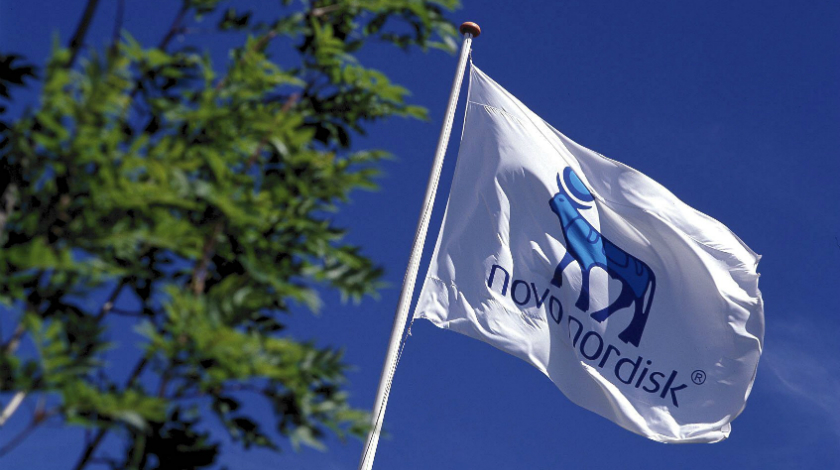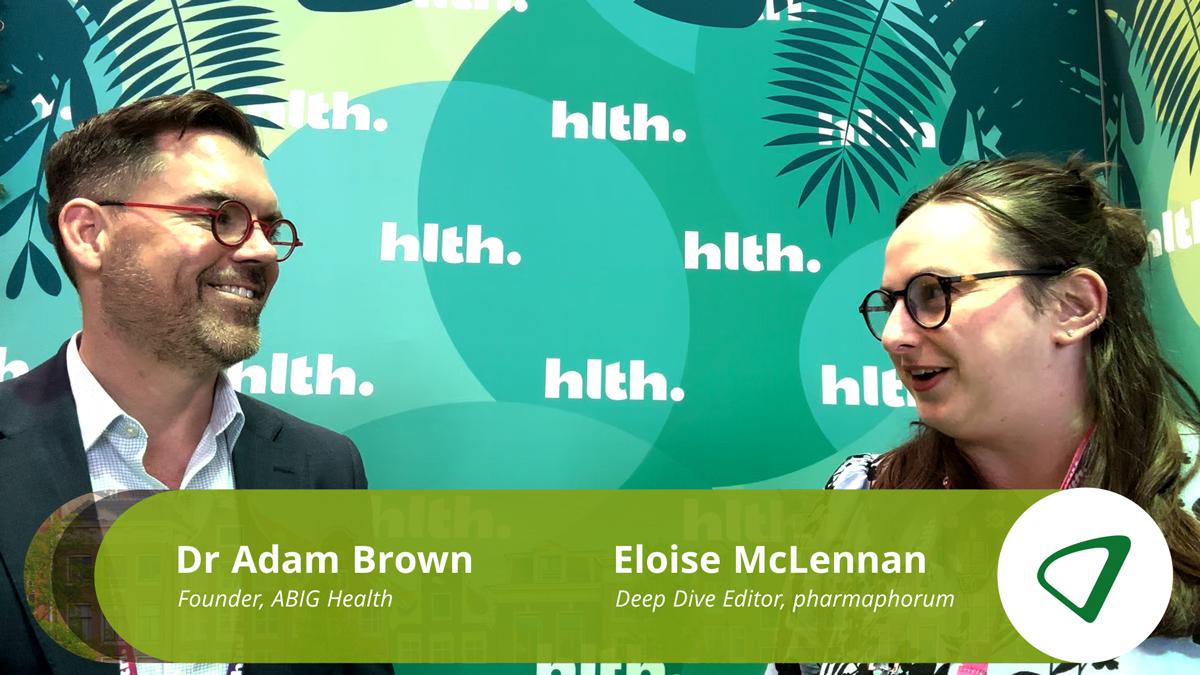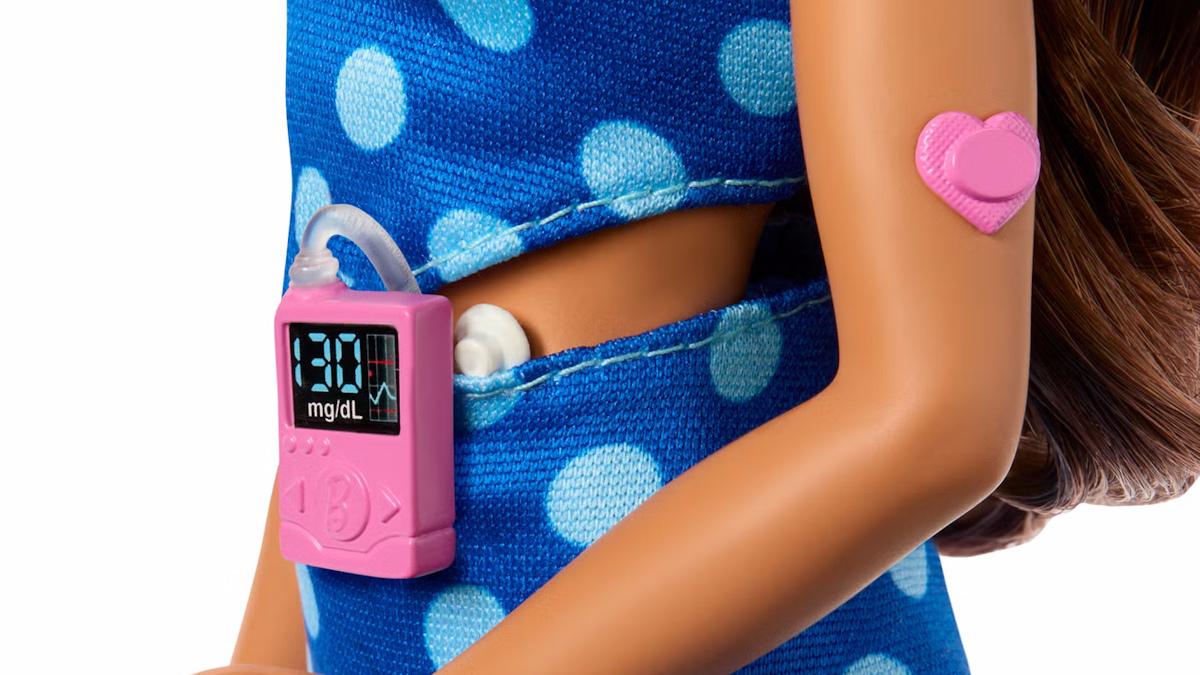Novo’s new oral GLP-1 Rybelsus still has obstacles to overcome

The FDA approval last Friday of Novo Nordisk’s Rybelsus as the first orally-active GLP-1 agonist is only the first challenge facing the company as it pursues its blockbuster sales targets for the diabetes drug.
The next big question is the price of Rybelsus (semaglutide), and whether it will be an obstacle to take-up of the drug in the increasingly cost-conscious US diabetes market.
Novo Nordisk has said it will announce the price next week, adding that it will be in line with other GLP-1 agonists including its weekly injectable formulation of the drug sold as Ozempic, and Bernstein analyst Wimal Kapadia now expects it to match Ozempic’s $26 per day cost before rebates and discounts.
There had been prior speculation that Novo Nordisk might choose to price the drug a little cheaper in the $20-$22 per day range, closer to the daily price of other oral drugs for type 2 diabetes such as Merck & Co’s DPP4 inhibitor Januvia (sitagliptin) and Boehringer Ingelheim/Eli Lilly’s SGLT2 inhibitor Jardiance (empagliflozin).
Rybelsus outperformed Januvia and Jardiance in trials on measures like blood glucose reductions, so there is a case to be made for premium pricing. Meanwhile, Novo Nordisk was concerned that if it priced Rybelsus too low it would start to cannibalise sales of Ozempic and its older once-daily injectable GLP-1 agonist Victoza (liraglutide).
Victoza is still the biggest-selling drug in the franchise with sales of around $1.6 billion in the first half of the year, although it fell around 5% in the face of stiff competition from Lilly’s once-weekly GLP-1 drug Trulicity (dulaglutide), which looks set to become a $4 billion-plus product this year.
Later-to-market Ozempic is lagging behind Trulicity, with first-half sales of around $550 million, but has been predicted to reach $2 to $3 billion per year at peak, with Rybelsus having the potential to go even higher. Novo Nordisk has some data suggesting its oral drug was better than Trulicity at controlling blood glucose control and achieving weight loss in diabetics.
The list price is one thing, but how much Novo Nordisk will be forced to discount to gain formulary access in the US is another, particularly as it will be up against cheaper DPP4 and SGLT2 drugs.
Also – for the time being at least – unlike some of its main rivals Rybelsus doesn’t have a large-scale trial to show that its effect on biomarkers like blood glucose translates to improvements in cardiovascular outcomes.
It has shown non-inferiority to placebo in one study, and is relying on the totality of data from its PIONEER trials programme to try to secure a cardiovascular outcomes label claim from the FDA.
If successful that could come through next year, otherwise it will have to wait for the readout in the SOUL trial, which started this year and isn’t due to generate results until 2024.













